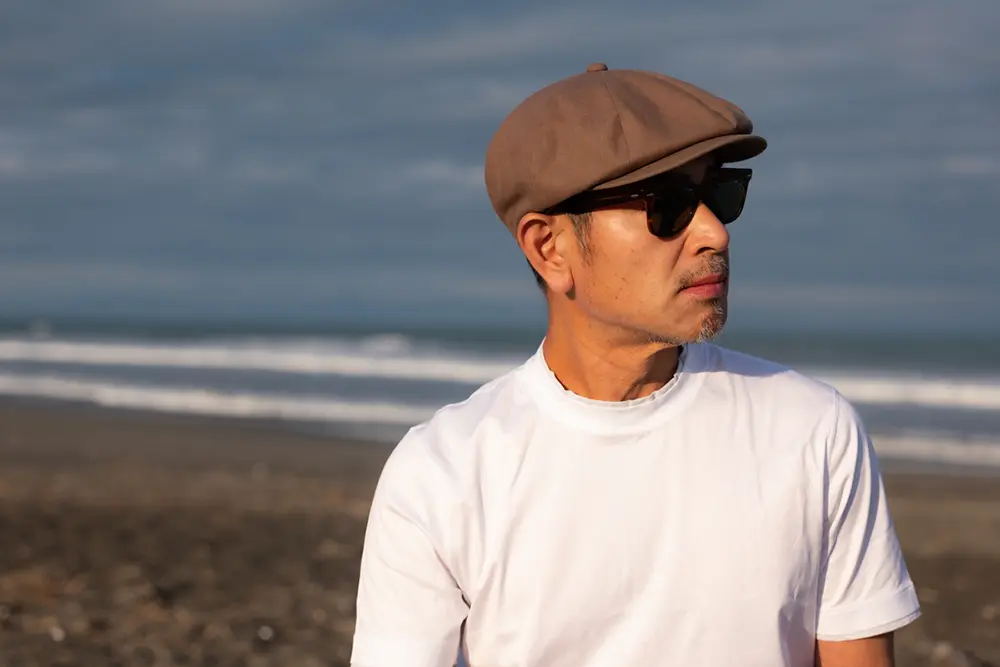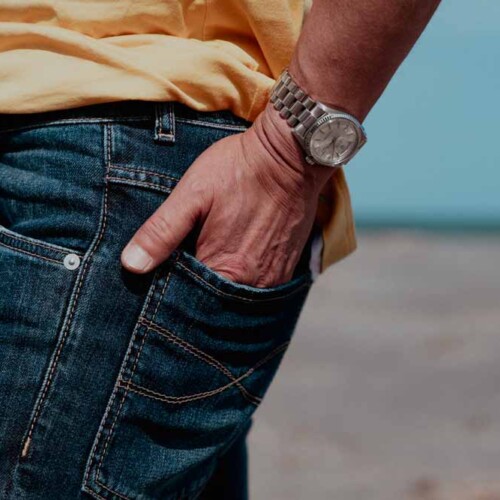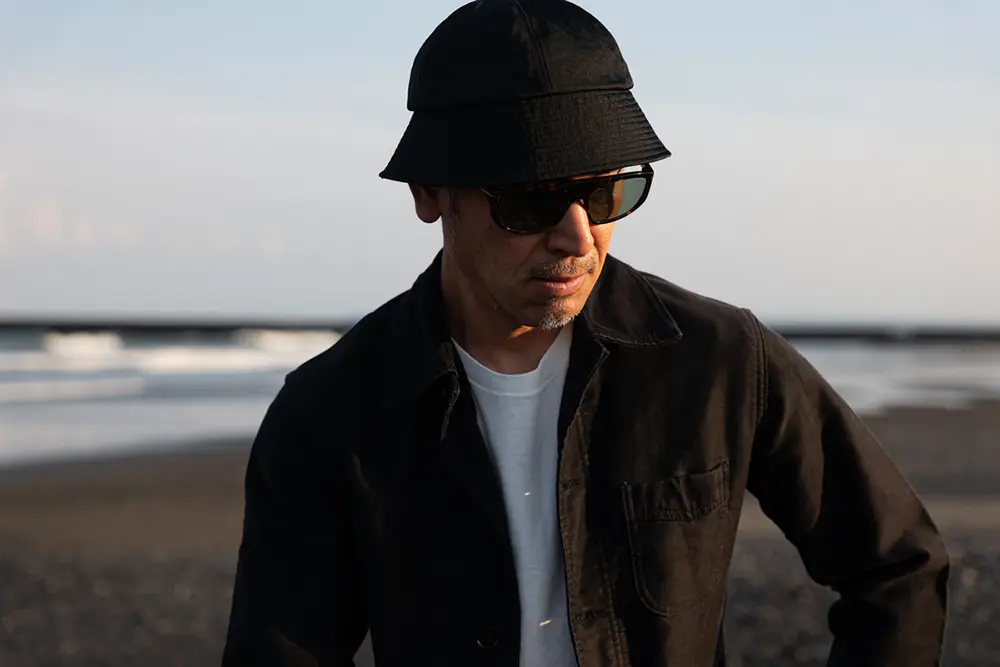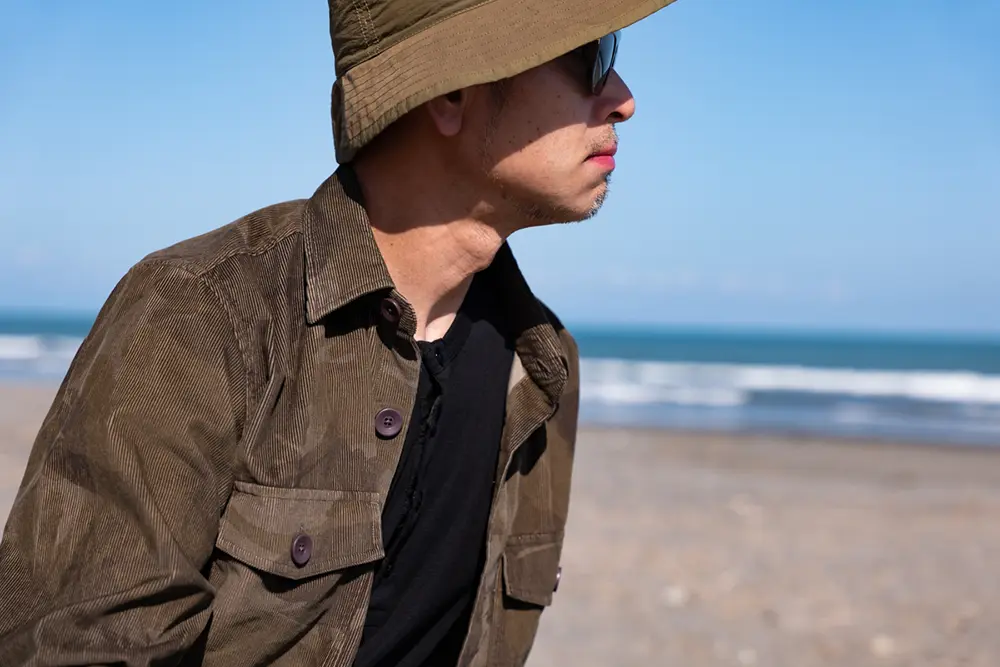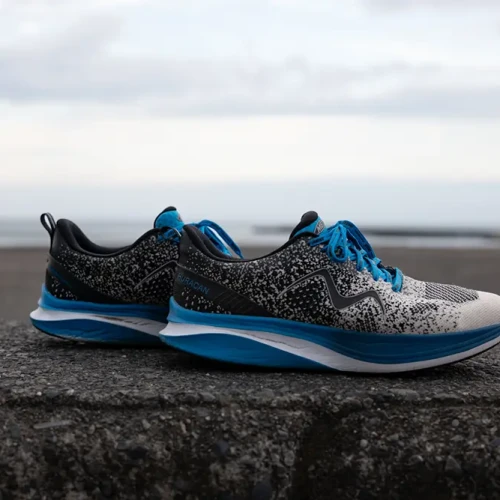S-Works Tarmac SL8

Regarding the aspects of the Tarmac SL8 that are said to be an evolution
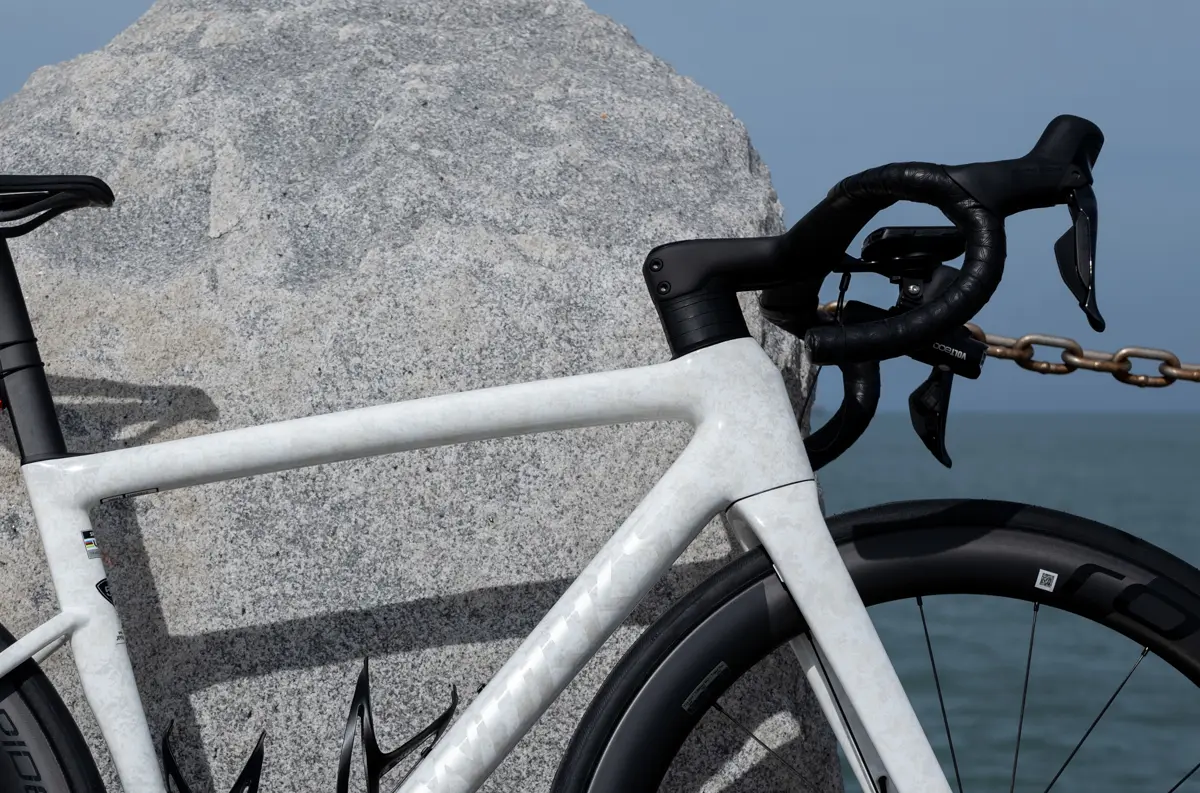
The aerodynamically superior handlebar, which was highly evaluated for its performance as a standalone unit, was the opposite of the front nose cone, which was the subject of much discussion due to its unusual shape when it was first released.
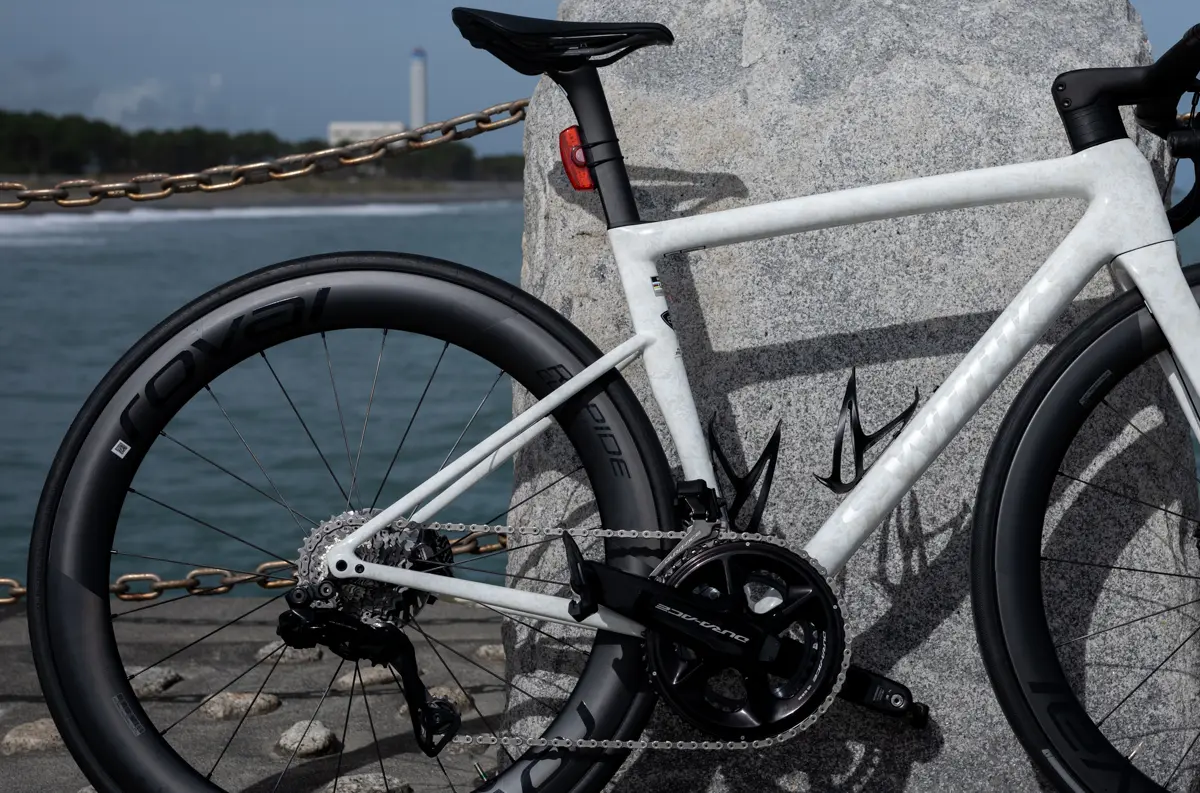
The rear stays are more slender than the front. The flex of these rear stays and the seat post affect the ride quality and comfort of the seat.
Evolution of ride comfort and ease of use
The difference between the SL7 and SL8 that I can feel myself is due in part to the benefits of improvements in terms of lightness and aerodynamics, but I also feel that the evolution of the bike is actually most significant in terms of the narrowness of the sweet spot that is unique to high-performance road bikes, which is a combination of a comfortable ride and a softness underfoot that is both forgiving and at the same time precise.
The frame shape, which is based on the circular shape that is the basis of the design of road bikes, and the rear fork have become much slimmer, and I feel that the effect of reducing the weight and, more than that, of the entire frame absorbing the impact of the road surface has led to a better ride quality, and the slender construction of the bottom bracket has led to a better feel under the feet.
The front fork is stiffer and the rear fork is thinner, which is similar to the suspension setting of a car where the front is firmer and the rear is softer, and this setting leads to a bike that is easy to ride with a slight understeer.
As it is a bicycle, it is not a result of a precise combination of coil springs and damping, but rather the effect is created by making a difference in the strength of the front and rear of the frame. I don’t know whether this was the intention of the development team or a by-product, but the fact that the steering characteristics are slightly understeering and not quick and peaky is what makes the SL8 so easy to ride.
You can feel this slight understeering when you pick up a little speed in a downhill corner.
The comfort of the ride and the softness of the seat reduce fatigue when riding for long periods of time. It is also lighter and has better aerodynamic performance, and it has better overall balance and better responsiveness to changes in conditions than the SL7, so it feels like it makes the tough uphill climbs and tight corners on the downhill a little easier.
Even for a rider like me who isn’t particularly fast, there are times when I get nervous before a tough uphill climb or when approaching a blind tight corner on a slightly steep downhill, and when I’m riding the SL7 I feel like I have to mentally gear up a little, but with the SL8 I feel like I can ride without having to get so nervous.
I think this feeling is the difference between the SL7 and SL8, and I also felt that this reduced my fatigue. On a course of about 30km that I usually ride as part of my training, the first half of the course is on a road with a poor surface, but the last third is on a road with a good surface and good visibility, so I can comfortably increase my gear, but here too the wind is strong, and the pattern when I was riding the SL7 was that the head would tend to float up from the fatigue due to the headwind and I would stall, but with the SL8, even while stalling in the headwind, I can ride through to the end with my legs kept low. Although it’s not true to say that the SL8 is completely easier because your physical and mental condition can affect it, I feel that the SL8’s good balance and comfortable ride feel are the benefits of being able to naturally conserve your physical strength to hold out a little longer. I also feel that the benefits of aerodynamic evolution are also felt against headwinds.
In the first half of the course, where the road surface is not very good, there are gentle ups and downs and gentle curves, so visibility is not very good, and the road surface is rough and a little undulating, and it is dark, so I take a safety margin, slow down a little, and ride while warming up. When I was riding the SL7, I didn’t feel like raising my pace because of the poor road surface, but with the SL8, even in these conditions, the feeling of the pedals is so good that I can’t help raising my pace. However, because I hadn’t warmed up properly, it was quite hard on my legs.
The standard for the tools used by professionals is whether or not they can produce results, but due to the tightening of competition rules, it is becoming harder to make a difference just through aerodynamics and weight reduction alone. Cycling is a sport that is all about endurance, and in the world’s top-level races, cyclists ride at full speed over distances of over 200km, and it is a world where the difference between Top and upper place can be just a few seconds in a race that lasts several hours.
In order to produce those few seconds that make the difference, the development teams at the manufacturers are working hard. There are various factors, but I think that the development philosophy incorporated into the bike is such that it can implement a race plan that reduces the rider’s burden, prevents fatigue, preserves stamina, and allows a final spurt, so that the rider does not have to use unnecessary nerves during the race. My impression is that this is a bike that has been made with the rider’s race plan in mind, and not just with the performance specifications that make the bike fast in a limited area of its own. (This is the opinion of a user who is not that familiar with road bikes.
When you ride a bike like a pro, with your weight and posture perfectly controlled, the bike’s aerodynamic performance really comes into its own, but for amateurs it’s difficult to get your body to that level of control and to have the right weight, so for someone like me who thinks that, rather than the aerodynamic performance on paper, it would be more effective to lower the upper body by another centimetre when considering the frontal projected area, my impression is that this is a very well-made road bike, and I think that if you’re competing and have a certain position already established, your impression of it might change.
When I bought it, the shop assistant said that the SL7 is like a bike that moves forward in proportion to the load you put on it, while the SL8 is like a bike that moves forward even when you’re not trying. You can actually feel this when you buy and ride it.
